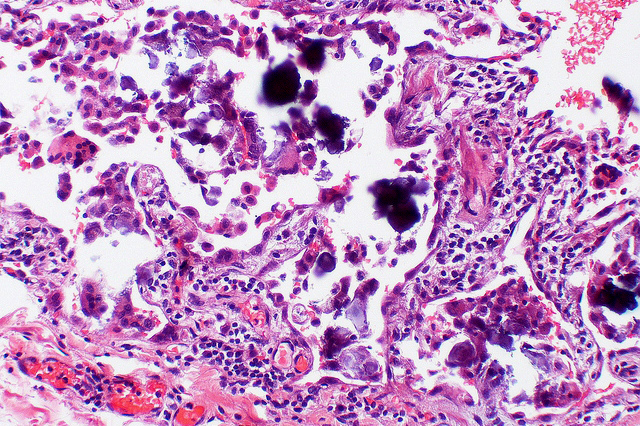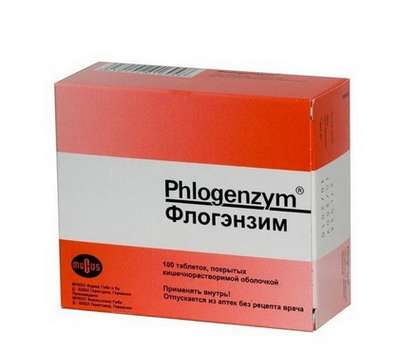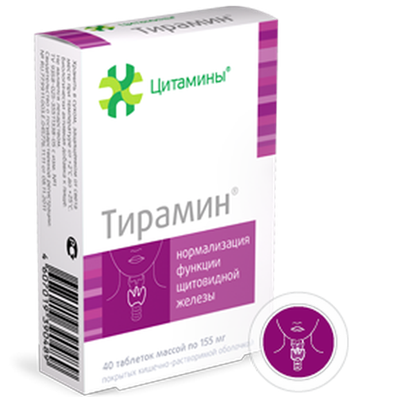FAQ: Microbial Catabolism
03 Nov 2016
7 facts about the energy metabolism of microorganisms
Catabolism - this energy exchange, the system reactions by which any living creature receives energy for life, for the construction of cellular material for breeding.

- 1.Study of catabolism is of particular importance for Microbiology. For more complex organisms exist at the expense of energy obtained or in the process of photosynthesis (plants) or by oxidation of organic matter (everyone else). And microbial catabolism types are extremely varied, and before nature chose a highway of oxygen respiration and evolution moved on her, she tried very, very many different options, and all of them remained in the microbial world in the form of a museum.
- 2.What are the types of the catabolic metabolism in microorganisms there? First of all, aerobic respiration they also tend to like the oxidation of organic matter, but they have a much wider range of organic substrates which are used in oxygen breathing. It can be a cellulose, which is very important, because the pulp - is the most abundant polymer on earth, and to participate in its cycle - an important ecological function of microorganisms. It may be hydrocarbon oil, which is also important, including cleaning all contaminants. But, nevertheless, it is a normal oxygen respiration, in which the oxidation of even this complex organic matter.
- Microbe - this is not a scientific word, it can be implied by any small living organism, visible only through a microscope. But now I mean by microbes prokaryotes, organisms with very small non-nuclear cells. And these bacteria are different from all other creatures, not only for its size, but also, as I have already said, the variety of catabolic processes. Thus, they are able to use the inorganic compounds. This discovery was made by our compatriot Sergey Nikolayevich Vinogradsky in the early 20th century. He discovered that microorganisms can oxidise atmospheric oxygen reduced sulfur compounds and nitrogen, and live by it. Thus as the carbon source for the cells, they build their use carbon dioxide from the atmosphere. That is, they exist completely independently and from the light, and from the organic world. And these processes are now found very much. (Meldonium is developed for heart cells).
- 3.The reaction of catabolism - electron transfer from a donor to an acceptor in the chain of organic compounds, the so-called vectors. For any catabolic reactions necessary energy source - energy-rich electron donor and an oxidizing agent - an electron acceptor. And yet another feature of microbial catabolism: they can be used as oxidizer - acceptor - no oxygen, and other compounds: various oxides wherein oxygen is present in bound form (sulfate, nitrate), and such, for example, compounds like iron oxide or elemental sulfur, which can also vosstanavlivatsyas give the corresponding products. And it's amazing ability of micro-organisms.
- And besides, even, of course, fermentation - where there is no acceptor is also a type of anaerobic metabolism occurs when energy production during anaerobic oxidation of organic molecules, wherein one part of the parent molecule is reduced and the other oxidized.
- 4.All these processes are massive and are of great importance for the cycles of elements on the ground. For example, the restoration of sulfates, sulfate reduction - a very important catabolic process that goes in the seas, and the result is a hydrogen sulfide, which is harmful to all living things, because he is very strong reducing agent. It is a purely chemical takes the oxygen, which could use the living creatures, such as fish in the seas.
- Another anaerobic process is the formation of methane in bottom sediments. At the same time the formation of methane can be a way to provide energy for people from all organic waste. It also makes the microorganisms. Methane - the same process of anaerobic respiration, when the electron donor is hydrogen, an oxidizing agent - of CO2, carbon dioxide, and the end product is methane.
- 5.The dream of every microbiologist is to find a new catabolic process, or even better - to show it in the lab. It seems that already the whole grid is filled, all the donors, acceptors are all known and yet - suddenly unable to get even for something new? Moreover, it is known that some processes in nature are even known which of the microorganisms is carried out, however, in laboratory culture, it was not possible to anyone to hold in the hands of these microbes.
- An example may be anaerobic methane oxidation. Methane is a good source of energy for aerobic, it is very many organisms are oxidized aerobically. This is also a very important process, because the methane does not go into the atmosphere, it is consumed is converted to CO2 by microorganisms. But the anaerobic oxidation of methane (a very long time, scientists were selected to this, within 20-30 years) finally proved convincing: it is due to the reduction of sulfates, ie, methane is an electron donor, energy substrate, and sulfate - acceptor.
- 6.In our laboratory, we study the amazing catabolic process, when the energy source is carbon monoxide, CO, carbon monoxide, a poison for all living beings. We found microbes that can oxidize CO to CO2 in anaerobic conditions, and thus generated hydrogen from water.
- 7.The reaction can be catabolic, that is used by living organisms to generate energy only if its energy output - the energy, which is formed upon oxidation of one compound and another restoration exceeds a certain value, which is considered the threshold. Recently we have discovered microorganisms that carry out the reaction, which has always been considered unsuitable to be a catabolic process, because its output was too low. But it turned out that in reality it is much higher than that calculated theoretically. There are microorganisms that due to this reaction, live and grow. This anaerobic oxidation reaction formate, formic acid, as well as in the case of CO, to form a conjugate of hydrogen from water.
- This process is carried out micro-organisms that live on the bottom of the sea, underwater volcanoes, in the "black smokers", at a very high level of 90 degree temperatures. Where there is taken formate, it is another matter, but it, too, is the answer. That is, this is another system, which exists independently of sunlight.
- Microorganisms use Lithotrophic called inorganic compounds, they grow at the expense of the energy of inorganic compounds. And if they grow under anaerobic conditions, it turns out that they do not depend on the modern biosphere and its organic matter and free oxygen, they do not depend on sunlight and can be considered as the primary settlers of the Earth or other planets, if we look for life on other planets . This is such an amazing museum catabolism we see in modern microbial world.

 Cart
Cart





